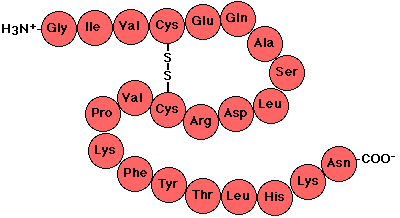So I have made my final decision about this part of my life...I am moving to Curacao.
I will be leaving for the states June 25th. I'll be bringing my dog with me because my parents are going to watch her for me while I'm there. I will be there for 8 months, and then move back to the states for my internado. I will hopefully be able to come back to the DR to visit.
I have been so honored to be your teacher this year and will miss you all so much. If you want to follow my future adventures, I have another blog with occasional updates about my life and where I am at. Here is the link to my other blog Kaitlyn's Adventures. Otherwise, feel free to email me if you miss me or have questions: kaitlyn.cunningham@icloud.com or nyltiak@gmail.com.
Thank you for everything this year. I will never forget this experience.
Miss Cunningham








